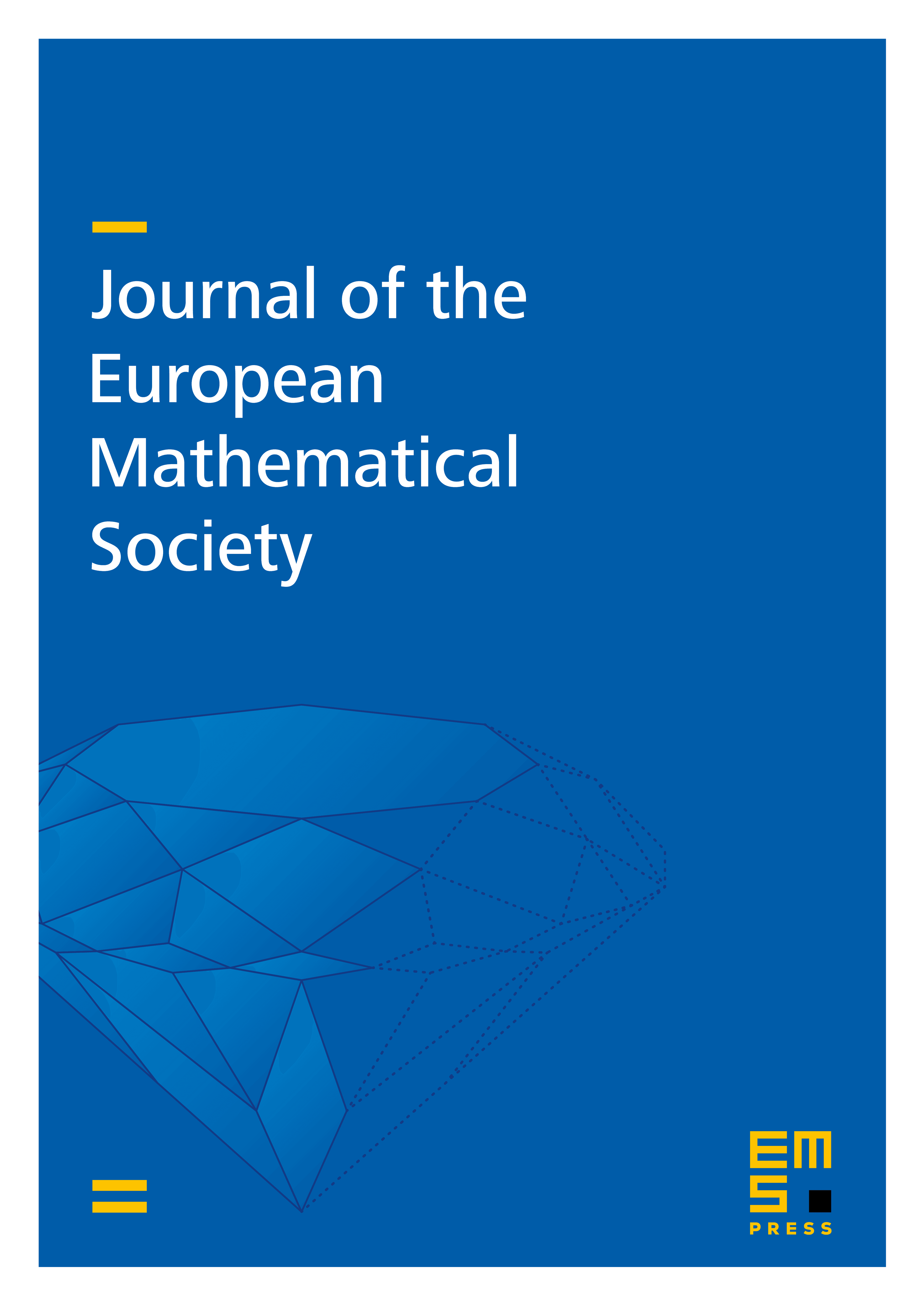Quantum integrable systems and concentration of plasmon resonance
Habib Ammari
ETH Zürich, Zürich, SwitzerlandYat Tin Chow
University of California, Riverside, USAHongyu Liu
City University of Hong Kong, Hong Kong, P. R. ChinaMahesh Sunkula
Purdue University, West Lafayette, USA

Abstract
We are concerned with the quantitative mathematical understanding of surface plasmon resonance (SPR) when . SPR is the resonant oscillation of conducting electrons at the interface between negative and positive permittivity materials and forms the basis of many cutting-edge applications of metamaterials. It has recently been found that the SPR concentrates due to a curvature effect. In this paper, we derive sharper and more explicit characterizations of the SPR concentration at high-curvature places in both static and quasi-static regimes. The study boils down to analyzing the geometry of the so-called Neumann–Poincaré (NP) operators, which are certain pseudodifferential operators acting on the interfacial boundary. We propose to study the joint Hamiltonian flow of an integrable system given by the moment map defined by the NP operator. Via considering the Heisenberg picture and lifting the joint flow to a joint wave propagator, we establish a more general version of quantum ergodicity on each leaf of the foliation of this integrable system, which can then be used to establish the desired SPR concentration results. The mathematical framework developed in this paper leverages the Heisenberg picture of quantization and extends some results on quantum integrable systems via generalizing the concept of quantum ergodicity, which can be of independent interest in spectral theory and potential theory.
Cite this article
Habib Ammari, Yat Tin Chow, Hongyu Liu, Mahesh Sunkula, Quantum integrable systems and concentration of plasmon resonance. J. Eur. Math. Soc. 27 (2025), no. 8, pp. 3407–3445
DOI 10.4171/JEMS/1437